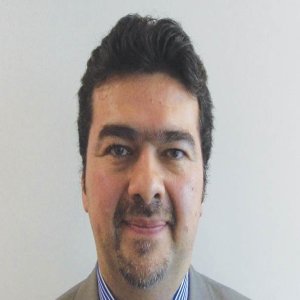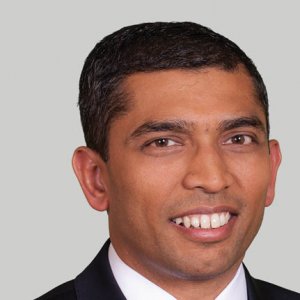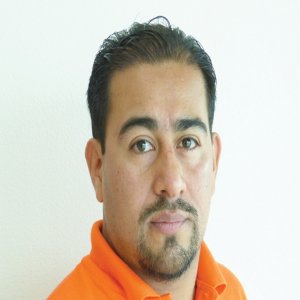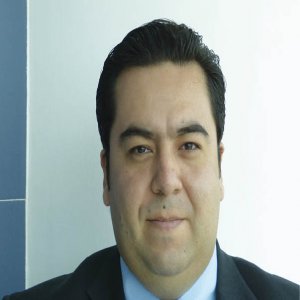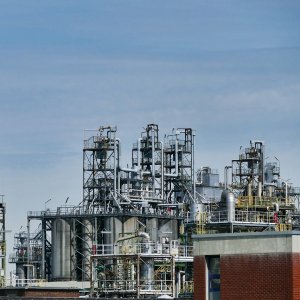Options to Address PEMEX’s Human Capital Issues

STORY INLINE POST
Deepwater is an exciting new frontier for the Mexican oil and gas industry, as experienced companies will soon enter the country to develop this largely untapped segment. However, deepwater developments also illustrate the human capital challenges that PEMEX is facing. First, the NOC is run by Mexican professionals who do not have the necessary experience in the deepwater segment. One way to build a world-class deepwater team would be to integrate experienced foreign workers, but this would imply making critical changes in legislation and in company’s regulations. “As of now, PEMEX cannot hire foreigners unless they are naturalized citizens or if they are married to a Mexican citizen,” explains Pedro Silva, Corporate Director of Research and Development at PEMEX. “Since PEMEX is now a productive enterprise of the state, hiring foreigners under equal terms should be allowed. We would like to see this change in the legislation. We have good ideas that we want to accomplish, making it all the more important for us to be able to hire foreigners from other companies. PEMEX should be allowed to compete for human capital under the same conditions as any other oil company, and should have good compensation plans in place to attract people from abroad.”
Silva says there is a concern at PEMEX that staff members will jump to other operators in order to work and gain experience in deepwater operations. To counter this, PEMEX has implemented the dual-ladder career path to retain its human capital. Silva notes that the first engineers are already on this track, as they were granted managerial positions without having to take on administrative duties. In other words, engineers within PEMEX can become executives while remaining focused on technical aspects such as well design, production design, technology, artificial lift systems, and seismic imaging. In addition, PEMEX is also working with its HR unit on a new compensation structure. “When comparing salaries and levels of responsibility, these turn out to be rather low at certain levels within PEMEX. Therefore, a new compensation plan will be put in place to balance things out with our competition,” explains Silva. Employees who have been at PEMEX for five to ten years are more inclined to leave than veteran employees or fresh hires. In order to retain these people, PEMEX plans to provide them with opportunities like graduate degrees or assignments in new, challenging areas. “We need our people to know that anything they want to learn about petroleum engineering or geosciences is available at PEMEX, since Mexico presents all sorts of geological conditions and reservoirs,” asserts Silva. Regarding graduate studies, PEMEX already has close to 85 people in postgraduate courses with the help of CONACYT-SENER funds, which enable the oil company to send people abroad while paying for their tuition fees and their full salaries. Regulations state that these employees have to work at PEMEX for at least two years when they return.
Between CONACYT and the Mexican Petroleum Fund, a total of 60,000 scholarships are to be awarded to support human capital development for the entire Mexican oil and gas industry. Silva does not see this as necessarily being good news, as he does not believe enough people could earn these scholarships. For instance, he indicates one of the major weaknesses within PEMEX is a lack of English proficiency, since very few people have the English skills to be accepted into a US or European university. In addition, there are internal restrictions that have to change within PEMEX, such as the clause that restricts anyone joining the company from going off to pursue a graduate degree before becoming a permanent employee, which may take up to three years after finishing college. In Silva’s view, a good strategy would be to start recruiting people from universities, offering them scholarships so that they could earn Master’s degrees before entering PEMEX’s ranks. Awarding these 60,000 scholarships requires proper planning, as they cannot be granted without assessing the skills of the large number of students graduating from universities. “It is going to be hard to find enough students that are worth giving those scholarships to. Of course, it is possible to have different types of scholarships. Perhaps we can start offering scholarships to high school students to incentivize them to study petroleum engineering or geosciences. It all comes down to good planning and the vision the government and other institutions have for the future.” Another obstacle that PEMEX faces is Mexico’s general level of education, according to Silva. “When I went to college, only two schools offered petroleum engineering programs: UNAM and IPN. Now, more than 25 schools offer petroleum engineering degrees, but nobody from the education sector is paying attention to the quality of these programs or the facilities the schools have. For example, I have seen schools that do not have any laboratories. It is impossible to teach students what drilling mud looks like through a textbook.” He claims most universities do not allow PEMEX to get involved or to influence their programs, so any major change in this regard should come from the government by setting standards and rules. “PEMEX is only hiring students from six to seven universities at the moment, but the students’ knowledge is still below our standards,” states Silva. “To mitigate this situation, PEMEX puts its newly graduated employees through a four-month training program at IMP. Once they finish this program, they are assigned to a specific asset and must be in a mentoring program for a 15-18 month period before they are considered fit to start on the technical ladder.”
The much discussed PEMEX University is already working to address the NOC’s needs, even though it does not have its own facilities yet. PEMEX has obtained a large piece of land in Queretaro and will start building a center for training offshore production personnel. Given the location, the center will use a good deal of simulators as the preferred training method. “Queretaro has plenty to offer PEMEX workers, such as location, a technologydriven government, research centers, and a place to physically build the university. In the meantime, the institution is already successfully working on building transversal skills, such as maintenance, safety, and procurement,” comments Silva.
